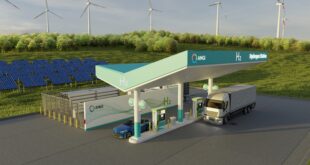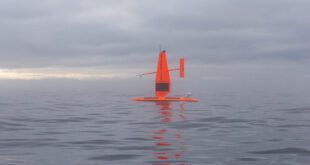Early-Stage Energy Ideas Also Receive Funding
The California Energy Commission approved a $5 million research grant today to address the unprecedented tree die-off across the state and turn dead trees to energy.
More than 100 million trees have died across the state due to drought and bark beetles since 2010, and the dead trees can fuel larger, more damaging wildfires.
The Fall River Resource Conservation District will use the grant to develop and operate a biomass facility in the Burney-Hat Creek area in Shasta County. The project supports the state’s effort to reduce fire risk by converting dead trees to energy. The project, one of the state’s first commercial community-scale biomass gasification plants, will use forest waste from local high fire hazard zones.
The project was funded through the Energy Commission’s Electric Program Investment Charge (EPIC) program, which supports innovations and strategies to advance clean energy technologies that help California meet its energy and climate goals.
At today’s business meeting, the Energy Commission also approved 20 research grants totaling $3 million to help clean-energy entrepreneurs further develop their early-stage innovations.
Grants were awarded through the Energy Commission’s California Sustainable Energy Entrepreneur Development (CalSEED) initiative, which helps innovators move their projects from the idea stage to the marketplace. The CalSEED funds come from the EPIC program.
Grants were awarded to Arctica Solar, Correlate Inc., Cuberg, Inc., EnerDapt, Inc., Glint Photonics, Inc., Halo Industries, Inc., Intertie Incorporated, Lucent Optics, Inc., Mark Miles Consulting Inc., Maxout Renewables, Nativus, Opus 12, PARC, PowerFlex Systems, LLC, Sanliang Zhang, Sepion Technologies, South 8 Technologies, Sunswarm Community Solar, and the Sustainable Economies Law Center. Each grant is for $150,000.
This is the second group of CalSEED grant recipients since the program began in January. In June, eight grants totaling $1 million were awarded.
The U.S. Department of Energy’s SLAC National Accelerator Laboratory at Stanford University also received a $2.3 million EPIC grant to demonstrate the use of vehicle-grid integration in non-residential facilities. Vehicle-grid integration uses plug-in electric vehicles as energy resources to help manage loads on the electric grid.
For more details on actions taken at today’s business meeting see the business meeting agenda.
 Alternative Energy HQ solar power for homes, wind energy, and bio fuel issues
Alternative Energy HQ solar power for homes, wind energy, and bio fuel issues






